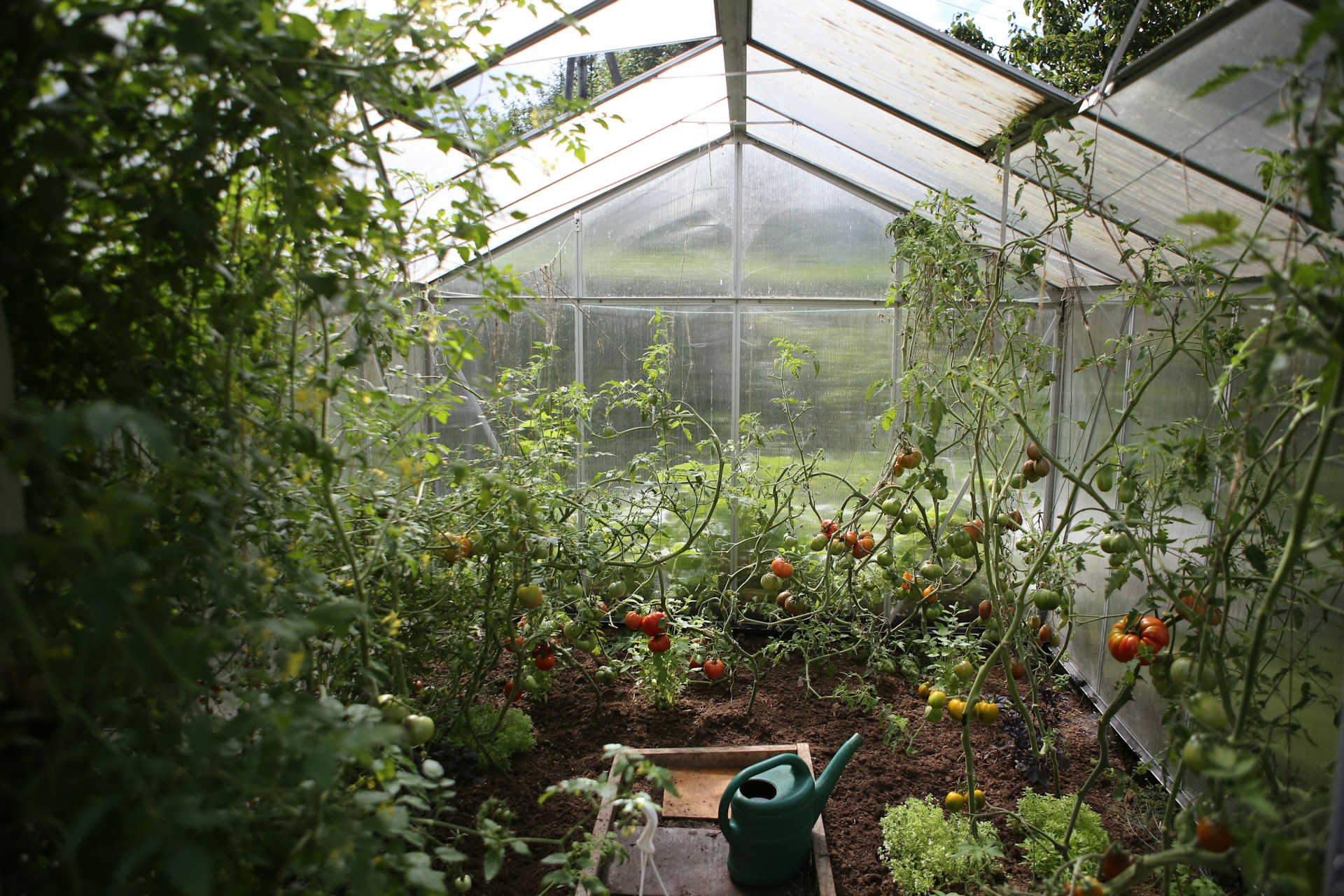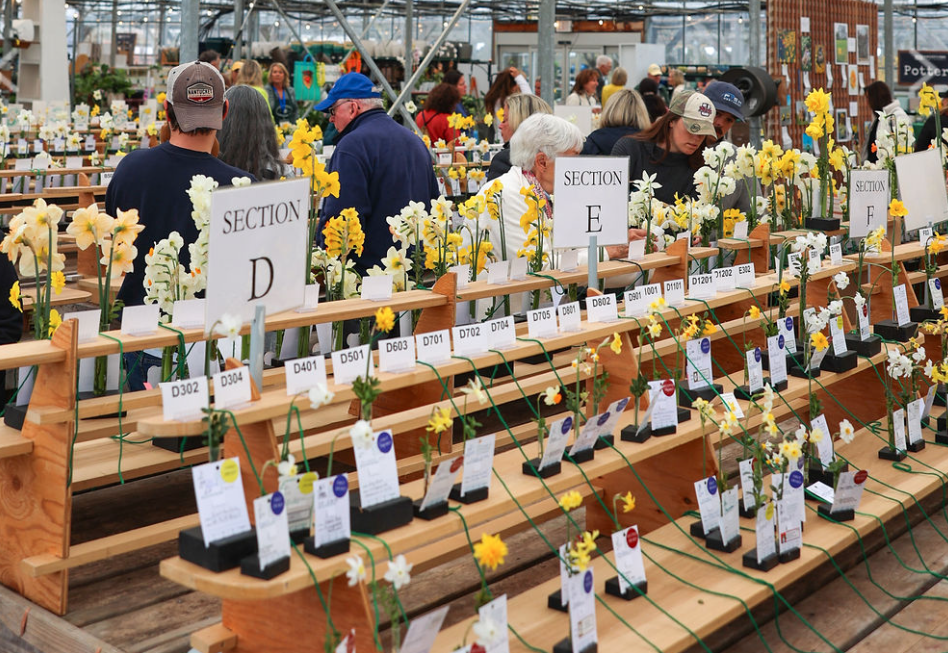Preparing your garden for spring in Nantucket is no small feat, but it’s also an incredibly rewarding way to connect with the island’s unique environment. Whether you’re a seasoned gardener or a curious beginner, spring is the perfect time to roll up your sleeves and get your hands dirty. Let’s dive into some essential tasks to ensure your garden thrives in Nantucket’s unpredictable spring weather.
1. Start Indoors or Shop Local Nurseries
Nantucket’s growing season is shorter than most, thanks to its cool coastal climate and strong winds. This means that starting seeds indoors is often your best bet for crops like tomatoes, peppers, and herbs. If you’re not the DIY type, no worries—local nurseries are stocked with healthy seedlings ready to plant. Quick-growing veggies like cucumbers and beans can be sown directly into the soil later in the season, but always check seed packets for timing recommendations specific to Zone 7b (that’s Nantucket’s USDA hardiness zone).
2. Tame That Soil With Raised Beds
Let’s talk dirt—or rather, sand. Nantucket’s sandy, acidic soil isn’t exactly a vegetable’s dream home. Enter raised beds! These handy structures allow you to create a custom soil mix that drains well and retains nutrients. Bonus: Raised beds warm up faster in the spring, giving your plants a head start against those chilly Nantucket nights.
3. Clean Up and Prune
Before planting anything new, spend some time cleaning up your garden space. Remove dead plant material, rake up leaves, and pull out any weeds that have taken root over the winter. Pruning is another must-do task this time of year. Trim back shrubs and trees before they start budding to encourage healthy growth and reduce the risk of disease.
4. Plan Your Layout Like a Pro
A little planning goes a long way in gardening. Sketch out where you’ll plant veggies, flowers, and herbs to maximize your space and sunlight. Mixing flowers with vegetables looks great and attracts pollinators like bees and butterflies—essential helpers for a bountiful harvest. Need inspiration? Native plants like milkweed and blueberries thrive in Nantucket while supporting local wildlife.
5. Say Goodbye to Invasive Plants
Spring cleaning isn’t just for closets—it’s also for gardens! Watch for invasive species like garlic mustard or Japanese knotweed, which can crowd out native plants. Pull them out by the roots early in the season before they can spread their seeds.
6. Sharpen Your Tools
Your garden tools deserve some TLC, too! Clean off any rust or dirt from last season and sharpen blades on pruners, shovels, and hoes. Trust me, nothing kills gardening vibes faster than trying to dig with a dull spade.
7. Keep It Manageable
If you’re new to gardening or short on time, start small. A few pots of lettuce or cherry tomatoes on your porch can be just as satisfying as a full-blown vegetable patch. Gardening is as much about enjoying the process as it is about the results, so don’t stress if things don’t go perfectly.
8. Water Wisely
Nantucket gets its fair share of rain in spring, but don’t rely on Mother Nature alone. Check your soil regularly; if it feels dry an inch below the surface, it’s time to water. And remember: early morning is the best time to water so plants can soak it up before the sun gets too strong.
Embracing the Beauty of Nantucket Gardening
Gardening here isn’t just about growing vegetables or flowers—it’s about embracing the island’s rhythms and quirks. From salty breezes to sandy soil, every challenge is an opportunity to learn something new about this special place.
So grab your gloves and get started! Whether you’re planting heirloom tomatoes or native wildflowers, each seed you sow adds another layer of beauty to life in Nantucket. Who knows? By summer, your garden might become your favorite island spot.
Source: congdonandcoleman.com
Header Image Source: www.zanda. photography on Unsplash






